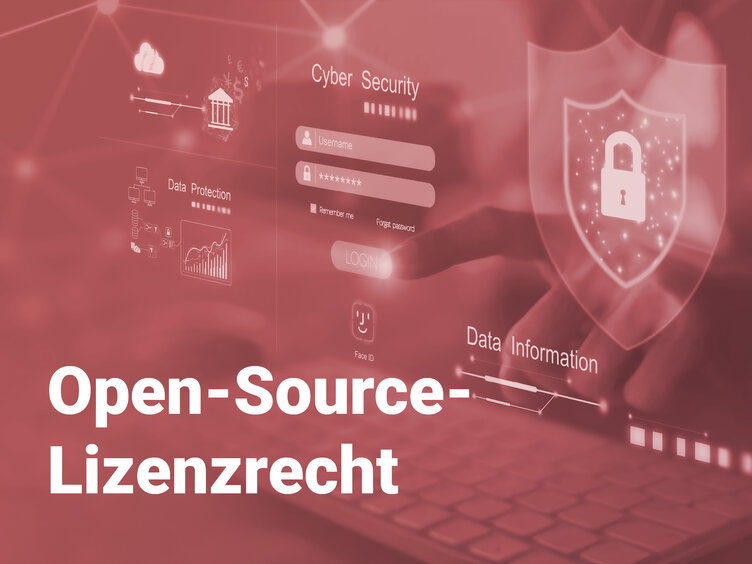Open source license law in the context of software protection and license management systems
Open source license law comprises the legal regulations that control the use, modification and distribution of open source software (OSS). These licenses grant users the right to view, modify and distribute the source code - subject to specific conditions such as attribution, distribution of modifications or disclosure of their own code.
Significance in software protection
Open source licenses protect copyrights and promote collaboration. In contrast to proprietary software, the focus is on:
- Transparency: Source code can be viewed - important for security checks.
- Copyleft principle: Changes often have to be disclosed (e.g. with GPL). This can also make software protection mechanisms visible, which can facilitate attacks. Hardware-based solutions such as the CRYPTO-BOX offer additional protection through encryption.
- Commercial use: OSS may also be used for profit - but only if the license conditions are complied with.
A legal check should always be carried out before using it in your own projects. In addition to licensing requirements, patents can also play a role - otherwise there is a risk of warnings or lawsuits in the event of commercial use.
Important elements
1. License types
- Permissive (MIT, Apache): Minor restrictions, no obligation to pass on modifications.
- Copyleft (GPL, AGPL): Strict redistribution obligations to ensure "virality".
2. Compliance requirements
- Documentation of all OSS components.
- Creation of a Software Bill of Materials (SBOM) for license transparency.
3. Criteria
- Free redistribution, source code access, non-discrimination.
Influencing factors
| Factor | Impact |
| License compatibility | Incompatible licenses (e.g. GPL + proprietary) lead to legal risks |
| Copyleft strength | Strict copyleft licenses (GPLv3) force disclosure of the entire code |
| Company guidelines | Lack of OSS policies increases the risk of IP infringements |
| Regulatory trends | EU requirements such as OZG 2.0 (2024) prioritize OSS in public administration |
Advantages for users and companies
- Cost savings: No license fees, reduction of vendor lock-ins.
- Flexibility: Adaptation of the code to individual requirements.
- Security: Collective code review minimizes vulnerabilities.
- Innovation: Rapid integration of new technologies through community development.
Current example
VIZIO v. Software Freedom Conservancy case (2024):
TV manufacturer VIZIO used GPL-licensed code in its smart TVs without disclosing the source code. The Software Freedom Conservancy filed a lawsuit to enforce compliance with copyleft obligations.
Lesson: Companies must audit OSS licenses to avoid costly litigation.
Relevance for license management systems (2025)
Modern tools such as Snipe IT or OpenLM automate OSS compliance:
- Scanning code for license conflicts.
- Generate SBOMs and audit reports.
- Integration into CI/CD pipelines for real-time checks.
Future forecast: By 2026, 90% of companies will use AI-supported license management solutions to manage complex OSS portfolios.
Conclusion
Open source license law is a critical success factor for secure and legally compliant software development. Companies that integrate compliance tools and clear policies minimize liability risks and benefit from the agility of OSS ecosystems.
Author:
Steffen Kätsch
Senior Support Engineer / Consultant License Management
Education: FH Jena
Expertise: License Management Software Licensing Software Protection IT Compliance Digital Rights Management
